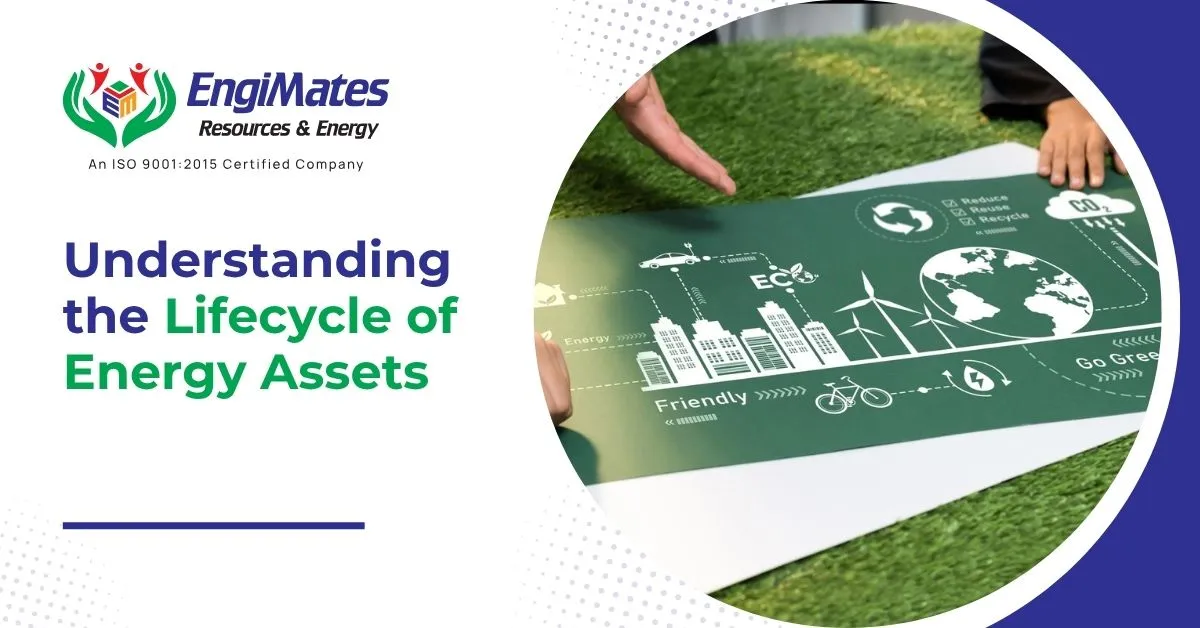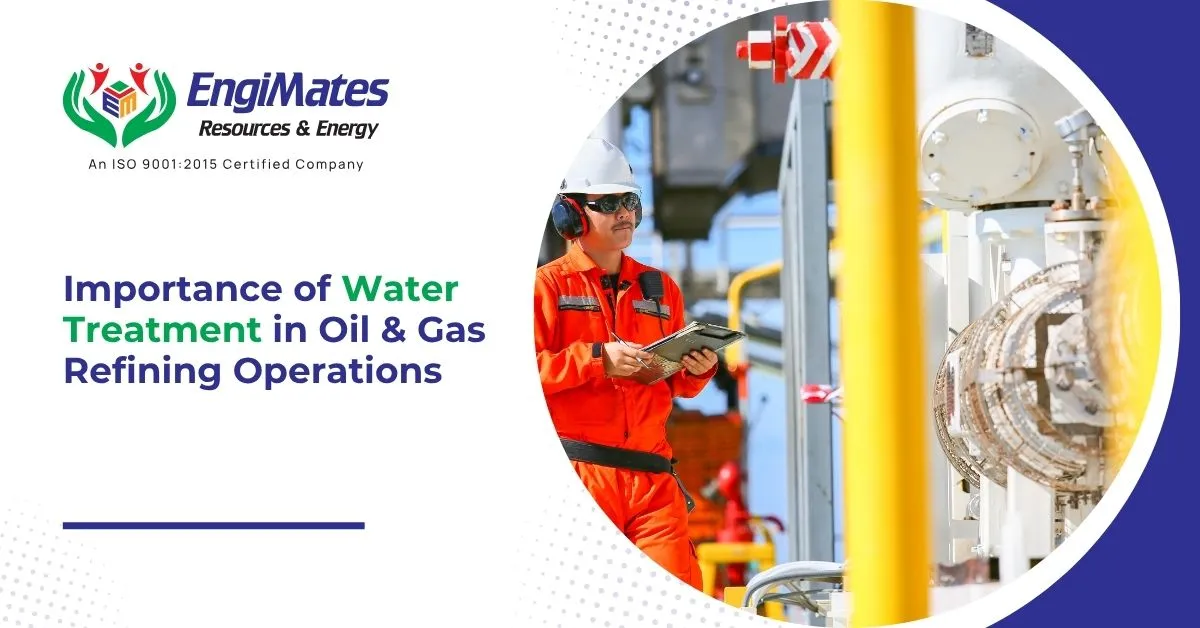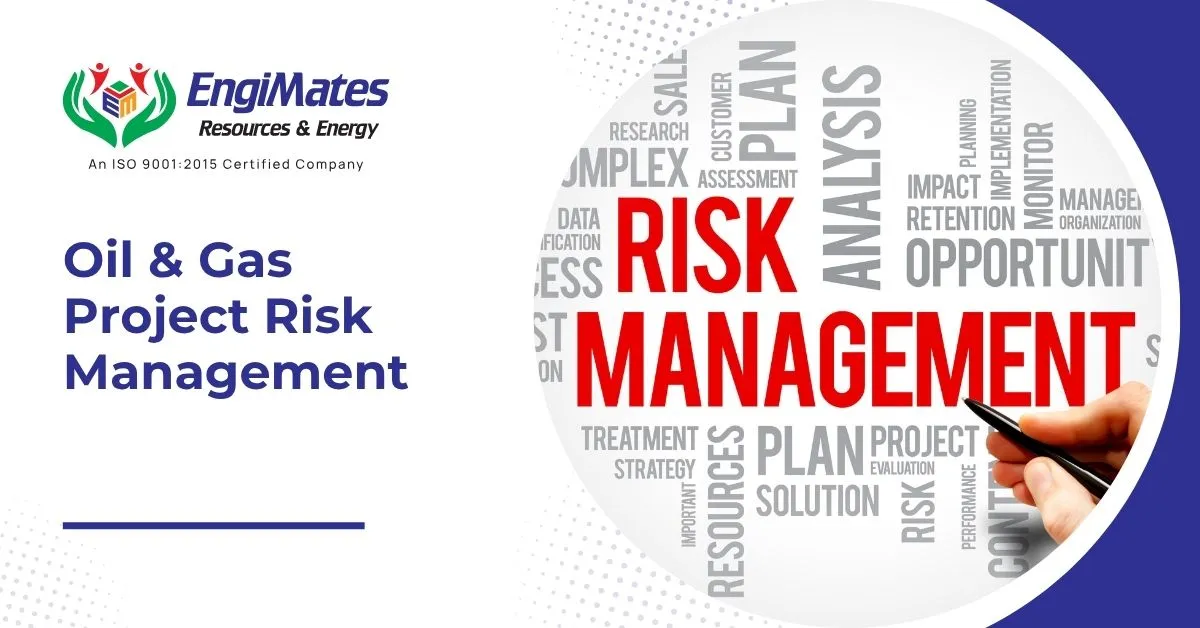Safety is a top priority in the oil, gas, and refining industry, where complex systems…

In the energy sector—particularly oil & gas, petrochemical, and power—managing asset lifecycles is critical for ensuring operational efficiency, safety, sustainability, and ROI. From initial concept to final disposal, each phase of an energy asset’s life brings unique challenges and opportunities.
Table of Contents
In this blog, we explore the complete lifecycle of energy assets, the key stages involved, and why a lifecycle-based approach is vital for asset integrity, regulatory compliance, and cost control.
What is the Energy Asset Lifecycle?
The energy asset lifecycle refers to the complete journey of a physical asset, such as a pipeline, compressor, turbine, or pressure vessel—from conceptualization and design to decommissioning and disposal. Each stage involves specific engineering, maintenance, and management practices to optimize asset performance and reduce lifecycle costs.
Lifecycle of Energy Assets
1. Concept & Design Phase
The lifecycle begins with feasibility studies, front-end engineering design (FEED), and risk assessment.
Key Activities:
- Feasibility & economic analysis
- Environmental impact study
- Hazard and Operability (HAZOP) studies
- Material selection & specification
- Asset tagging & codification
- Compliance with design standards (e.g., ASME, API)
Keyword: FEED engineering in energy asset design
2. Procurement, Fabrication & Construction
During this phase, materials and equipment are procured, fabricated, and installed. Decisions made here impact reliability and long-term performance.
Key Considerations:
- Quality assurance/quality control (QA/QC)
- Vendor documentation & certification
- Weld inspection and NDT
- Installation supervision
- Asset register creation
Keyword: Asset tracking during energy project construction
3. Commissioning & Start-Up
Commissioning ensures all systems are functional, safe, and ready for operation. It’s a bridge between construction and operations.
Activities Include:
- Hydrotesting, flushing, calibration
- Loop and logic testing
- Functional verification
- PSSR (Pre-Startup Safety Review)
- Data integration with CMMS/ERP systems
Keyword: Commissioning checklist for oil & gas projects
Looking to optimize the lifecycle of your energy assets? Contact us for complete lifecycle solutions—from design to decommissioning.
4. Operation & Maintenance (O&M)
This is the longest phase and involves active use of the asset. Maintenance strategies determine the asset’s reliability, performance, and lifespan.
Focus Areas:
- Preventive & predictive maintenance
- Asset Integrity Management (AIM)
- Condition monitoring (vibration, corrosion, temperature)
- Energy efficiency audits
- Performance optimization
- Root Cause Analysis (RCA)
Keyword: Lifecycle maintenance of energy infrastructure
5. Modification, Upgrades, and Revamps
Assets may undergo revamps to improve performance, meet regulatory changes, or extend useful life.
Typical Upgrades:
- Debottlenecking studies
- Equipment re-rating
- Control system modernization
- Emission reduction retrofits
- Safety upgrades
Keyword: Energy asset revamp and modernization
6. Decommissioning & Disposal
When assets reach end-of-life, they must be decommissioned safely, environmentally responsibly, and in compliance with regulations.
Steps Include:
- De-energization and isolation
- Hazardous waste removal
- Decontamination and dismantling
- Site remediation
- Documentation closure
Keyword: Safe decommissioning of oil and gas assets
Why Asset Lifecycle Management Matters?
Lifecycle-based management allows companies to:
- Maximize asset utilization
- Reduce downtime and failures
- Improve safety and compliance
- Lower total cost of ownership (TCO)
- Enhance investment decision-making
- Support sustainability and ESG goals
At EngiMates Resources and Energy Pvt Ltd, we provide end-to-end solutions that support asset lifecycle optimization, from design consulting to commissioning, O&M support, and end-of-life planning.
Frequently Asked Questions
What is the typical lifecycle of an energy asset?
It spans six stages: concept/design, procurement, commissioning, operations, upgrade/revamp, and decommissioning.
Why is asset lifecycle management important in oil & gas?
It helps reduce unplanned downtime, improve safety, comply with regulations, and optimize capital investment.
What tools are used in asset lifecycle management?
Tools include CMMS software, reliability-centered maintenance systems, integrity management frameworks, and digital twins.
How can lifecycle planning improve ROI?
By aligning maintenance and upgrade strategies with performance data, lifecycle planning extends useful life and reduces failure costs.
Can EngiMates assist with all stages of the lifecycle?
Yes. EngiMates offers consulting and engineering services from concept design to commissioning, operations, and decommissioning.
Conclusion
Effectively managing the lifecycle of energy assets is essential for maximizing performance, ensuring safety, meeting regulatory requirements, and achieving long-term cost efficiency. From concept and design to operation, revamp, and decommissioning, each phase requires a strategic, data-driven approach.




